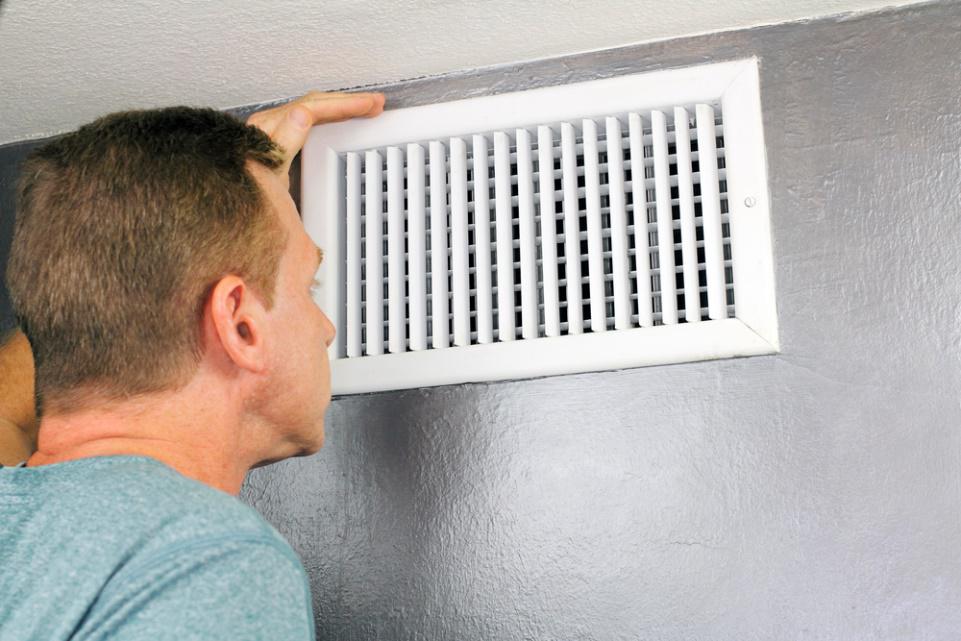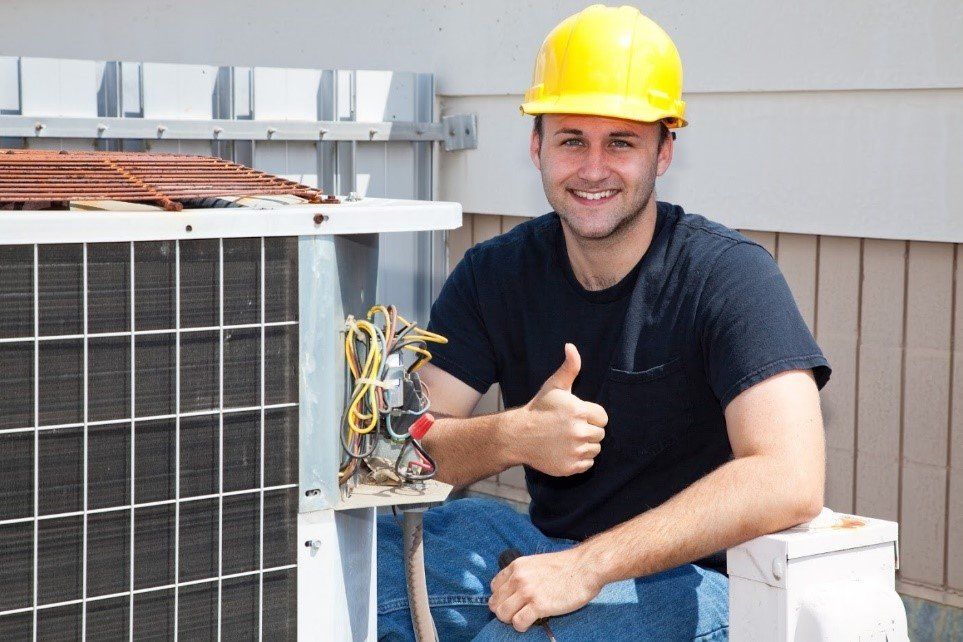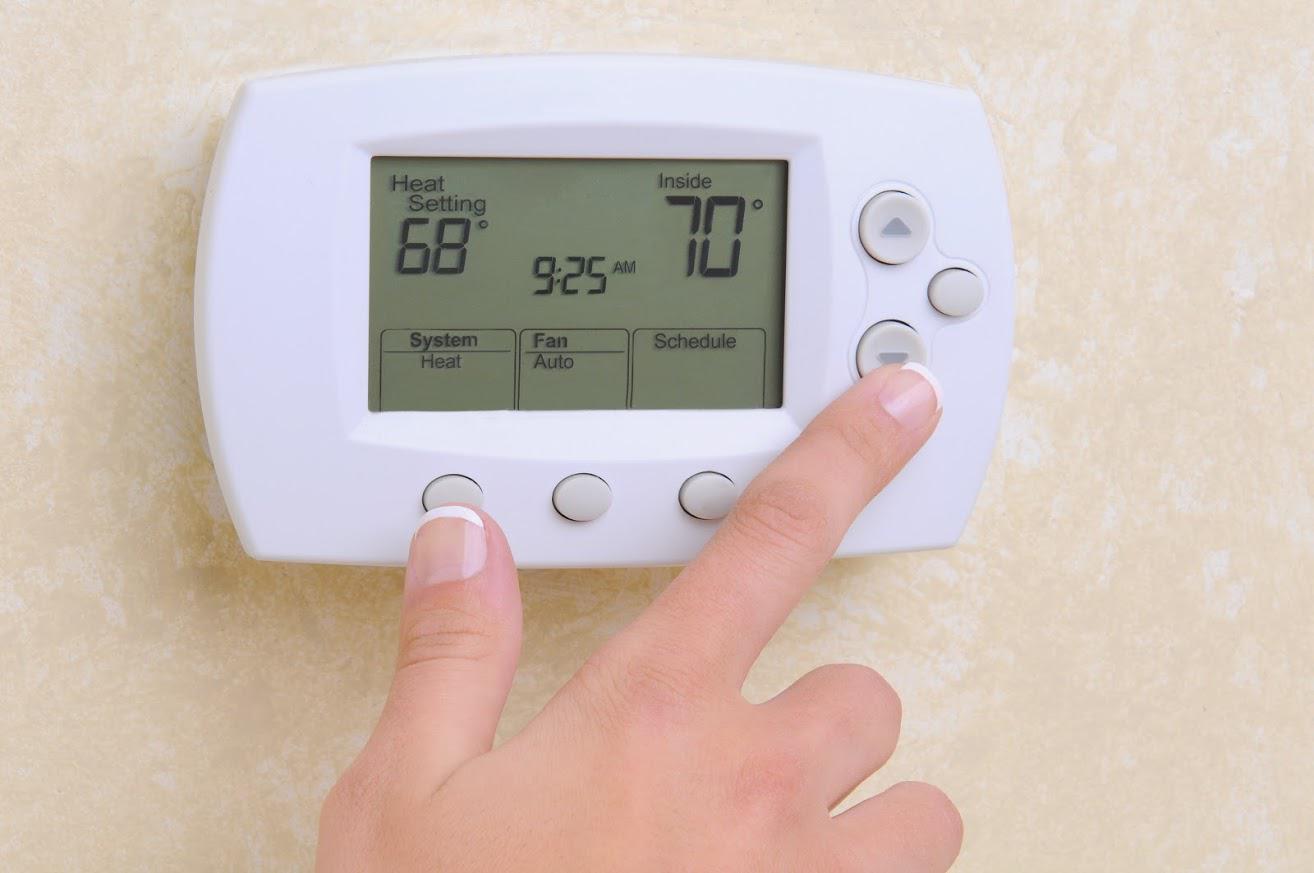Summer Fireplace Care Tips
- By Admin
- •
- 16 May, 2018
- •
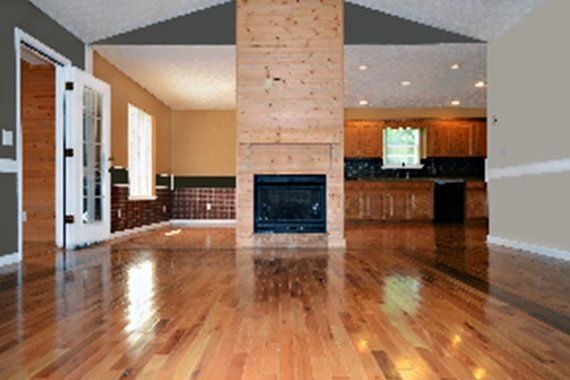
Spring is finally here, and summer is certainly right around the corner, bringer hotter temperatures and longer days. You might have your summer plans already set, but do those plans include some maintenance on your fireplace?
Too many people with gas and wood-burning inserts in their homes simply shut off the heat and forget about their fireplace once warm weather hits. Instead, you might be more concerned with making sure your air conditioner is up to the task of summer cooling or making sure your swamp cooler is up to scratch.
However, summer is one of the best times to show your fireplace some extra TLC. Consider these care tips for your fireplace this summer.
Get a Yearly Inspection
Your fireplace should be inspected on a yearly basis, and the summer is the best time to do it. You don't need your insert for home heat, so it gives the technician a lot of time to find and fix problems before you need to use your fireplace again.
Inspections give the technician a chance to check for potential dangers before they escalate into true hazards. For example, if you have an older wood-burning system, the inspection might show cracked or broken flue tiles, showing the need for repairs to the flue to prevent chimney fires and excess creosote buildup.
Another reason why summer inspections are a good idea is because of summer storms, rain, and increased animal activity.
For instance, your chimney cap can become cracked or damaged during the winter, and water can leak into your home when it rains. You might not catch the leak right away since you're not opening or using your fireplace. The moisture damage to your fireplace and the surrounding walls can end up being very costly.
Another risk for both gas and wood-burning exhaust exits is animals building nests or using broken areas to access the rest of the house. You don't want birds, bats, mice, or other pests taking up residence inside your comfortable chimney or using broken flashing, bricks, or tiles to get under roofing materials.
If you have a gas fireplace, your technician can make sure the gas lines are secure and that the exhaust from the fire is still venting properly outside of the home. Carbon monoxide poisoning is a real risk, and preventative maintenance is the first step in making sure everyone in your family remains safe.
Book Professional Cleaning Early
In addition to an inspection, your fireplace also needs to be cleaned. You should schedule a professional chimney sweeping early in the year to avoid the rush on services that happens closer to fall.
Sweeping removes the creosote buildup that eventually causes clogs and chimney fires. Also, sweeping improves the efficiency of your fireplace. If you have it cleaned after each cold season, it's ready for the next one with a clean slate.
Spruce Up Your Mantel
After you have a safety inspection and schedule needed repairs, you can focus more on the aesthetics of your fireplace area. Over the winter, burning pellets and wood can make for a dingy appearance on the doors and surrounding interior masonry, especially if you have glass doors on your insert. You might even have ash stains on floor tiles.
First, you can vacuum out all the cold ashes from the fireplace bed and the ash collection tray. Use a wet-dry shop vacuum, not your household vacuum, for ashes, as they can clog filters and quickly fill up bags or dirt receptacles.
You can use oven cleaner on the doors, but make sure you don't spray the cleaner on any of the interior brick or tile surfaces. It should be used to remove buildup from glass only. If you're worried about interior brick looking blackened, it can also be cleaned, but you have to use all non-flammable cleaning products.
You can mix baking soda and water into a paste and use it on rougher interior bricks. After scrubbing, use a solution of vinegar and water to foam the paste away, and then rinse over it several times with water. Not all stains can be removed this way, but it can improve the appearance of your interior drastically; your fireplace will look fresh for spring and summer decor.
You can also try cleaning with basic dish soap and water, or even with an abrasive mixture of table salt and water.
You can also contact your local fireplace installer for specialized cleaners intended to be safe for fireplaces and use those according to directions. Trisodium phosphate can be effective for very dirty fireplaces, but it's a strong cleaning agent and you want to make sure it is safe to use.
Don't use bleach or other household cleaning products. These can sometimes damage masonry or even cause fading on bricks or colored concrete that is hard to repair.
Close the Damper
Finally, don't forget to check and make sure your damper is closed. If you leave it open, cooling your home is more costly because the cold air will escape out the chimney, and your home will feel drafty and patchy with differing comfort zones.
For more information, contact us at Hartman Heating, Air and Fireplaces.

If you are struggling with hot and cold rooms in your home, read on to learn more about common causes and possible fixes for these variations.
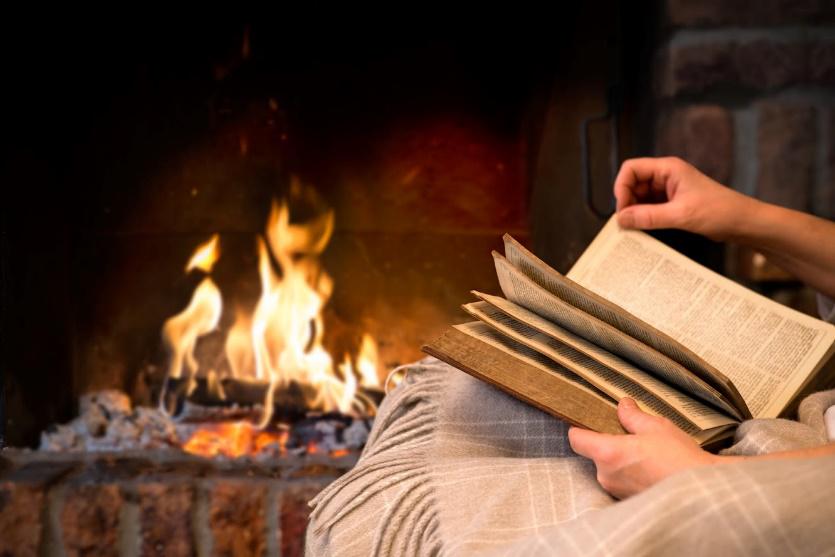
Read on to learn more about creosote, how it affects your fireplace, and the steps you can take to keep your fireplace in good condition.
What Is Creosote?
Creosote is a combination of tars and various other chemicals produced as a byproduct of burning wood or fossil fuels. Small amounts of creosote mingle with the smoke that rises to the top of the flue. Along the way, the creosote combines with moisture and adheres to the flue liner or open brickwork of the chimney, creating a thin layer of tar that solidifies as it cools.
Creosote has had plenty of interesting uses throughout history, including as the active component of various medicines. These days, creosote is used in commercial applications to treat and preserve wood for increased longevity and durability. Creosote is responsible for giving smoked meats their distinctively smoky flavor, plus it's also the special ingredient behind artificial liquid smoke flavoring.
Why Is It Dangerous?
Creosote buildup never goes away on its own. Once a layer of creosote forms, it's there for good until it's physically removed. Without proper cleaning, multiple layers of creosote will steadily build up every time you use your fireplace. This buildup causes the flue to narrow, reducing the amount of ventilation available to your fireplace.
The resulting lack of fresh air prevents your fireplace from burning its fuel efficiently, resulting in a smaller, dirtier flame that causes even more creosote buildup. The cycle continues until your flue becomes completely blocked with creosote, rendering your flue liner unusable.
Creosote is also highly flammable, especially when it accumulates in large amounts. Excess amounts of creosote can ignite when exposed to enough heat from your fireplace. Creosote-fueled fires can spread quickly and with little to no warning, making these fires incredibly dangerous. Failure to clean excess creosote buildup is a common factor behind most home heating fires, according to research from the National Fire Protection Agency.
How Does It Form?
There are several stages to creosote buildup. Each successive stage can prove more difficult to deal with than the last, which highlights the importance of tackling creosote buildup at its earliest stages. How soon creosote buildup occurs usually depends on several factors, including the efficiency and overall condition of your fireplace. If you're using a wood fireplace, the quality of the wood being used as fuel can also affect creosote buildup.
First Stage
Creosote buildup starts out as a light coating on the flue. Depending on how efficiently your fireplace burns its fuel, the creosote buildup will mostly consist of soot with small amounts of tar mixed together. As a result, the initial stage of creosote buildup appears thin and flaky.
The first stage of creosote buildup is always the easiest to deal with. Fireplace technicians can remove creosote buildup using special-purpose brushes, preventing additional, harder-to-remove layers from forming.
Second Stage
As the creosote buildup continues, the soot is replaced with more tar, giving the creosote a thicker, harder, and sometimes shinier appearance. The overall texture of the buildup remains dry and crumbly, however.
Brushing alone won't remove second-stage creosote buildup. Rotary loops and chemical solvents are the usual go-to tools for fireplace technicians when battling creosote buildup at this stage.
Third Stage
Left to its own devices, the creosote buildup eventually turns into a highly concentrated mass that appears oily and feels sticky when fresh. Repeated exposure to heat usually gives this mass a hardened, shiny appearance. At this stage, a simple cleaning may be extraordinarily difficult, if not impossible. Some technicians even encourage a complete replacement of the flue liner as a more cost-effective alternative to cleaning.
How Can It Be Prevented?
Since it's a naturally occurring byproduct of the combustion process, there isn't much you can do to completely stop creosote buildup in its tracks. However, taking a proactive stance on fireplace maintenance will help prevent excessive creosote buildup.
Fireplace technicians can spot and take preventive action against the beginnings of excessive creosote buildup during regularly scheduled fireplace checkups. These checkups also ensure that the flue's inner mechanisms are working properly, significantly reducing the rate of creosote buildup.
Most experts recommend having your fireplace inspected on an annual basis. Flue cleanings should be done when there's a 1/8-inch deposit of creosote in the flue.
Prevention is always the key when it comes to creosote buildup. The sooner you can tackle the buildup, the easier it'll be to deal with. To learn more about the effects of creosote buildup or to schedule a professional inspection, contact us at Hartman Heating , Air and Fireplaces today.
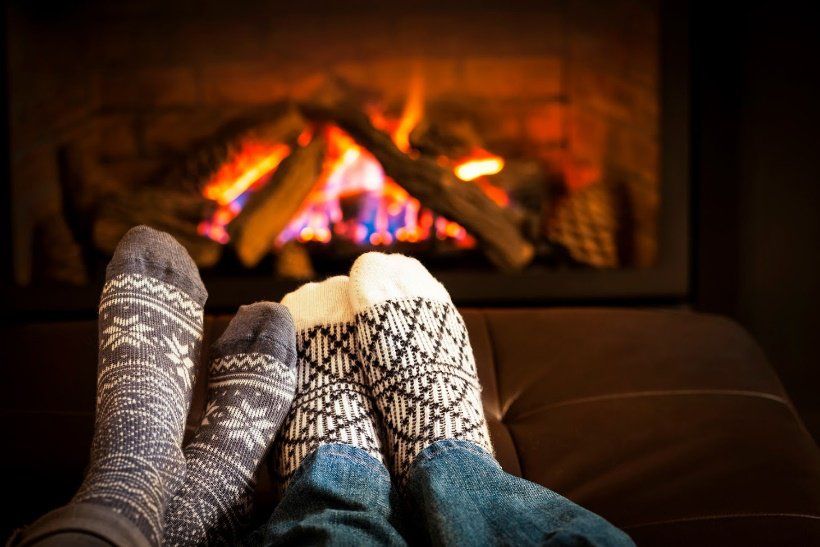
From supplementing your HVAC system in the winter to adding an appealing focal point in any room, you have several reasons to install gas or wood fireplace in your home. Have you decided that a fireplace is a great investment but are not sure if a gas or wood model is the best option for your home, family, and budget?
Do not agonize over this decision. Instead, here are a few tips and factors to help you determine if you should choose a gas fireplace or a wood fireplace for your home.
Cost of Installation
The cost to install either a gas or wood fireplace is dependent upon several factors. You have two common types of gas fireplaces in homes: gas inserts and built-in models. You install a gas insert inside an existing firebox, while you install a built-in in the wall. With the built-in fireplace, you do not need to have a firebox already in your home.
A freestanding wood stove typically costs less to install a traditional built-in wood fireplace. This is because if you opt for a built-in wood fireplace, you pay for the cost of labor and components, including the masonry.
You have other factors that impact the cost of installing either a gas or wood fireplace. If you lean toward gas, you will need to install a new propane or natural gas line if one does not already exist. Additionally, you will need to decide if you want to install a ventilation system.
For wood fireplaces, you will need to factor in the cost of replacing an existing fireplace, including the surround and firebox, and the price of installing a new chimney or repairing the existing chimney.
Cost of Fuel
The typical fuel source for a gas fireplace is either natural gas or propane. The price of either will vary throughout the year depending upon several factors, including supply, the time of year, petroleum prices, and state of the economy.
Because prices and availability fluctuate, contacting a professional to help you determine which option is best for you is a great way to ensure you choose the right product.
The costs to install either a built-in or gas insert model are about the same.
The cost of fuel for a wood fireplace is typically much less, especially if you have a readily available supply of trees on your property. The cost of wood is far less than natural gas or propane, but this can be more time-consuming to gather, cut, stack, and store the wood. Keep this in mind, especially if you do not have a place to store wood on your property.
Cost of Maintenance
The cost to maintain a wood fireplace is typically higher. If you choose a wood-burning stove, you will need to clean it periodically and schedule an appointment to have a professional inspect the unit at least two to three times per year. If the wood stove does not properly combust the fuel, the stove will not run efficiently. Maintaining a built-in wood fireplace will also cost more on average.
In addition to inspecting and cleaning the firebox, you will also need to have a professional inspect the chimney at least once a year . Luckily, you have professionals who can handle these jobs and will ensure that your built-in wood fireplace is also in amazing shape.
A gas fireplace is typically very easy to maintain and care for. If the fireplace has vents, hiring a professional to inspect and clean it at least once a year will prevent clogs.
The Look of Gas or Wood
The aesthetic appeal and the homeowner's taste is a huge factor when considering whether to pick gas or wood. If you have a more modern home, a sleek glass fireplace is a great option. You have several varieties of built-in and insert fireplaces, including models that feature glass logs, stones, or coal. You can even purchase a gas fireplace with a remote control.
If you have a more traditional home or simply prefer the classic elegance of a brick or stone facade and mantel, consider a wood fireplace. Many homeowners also prefer the smell and feel of a traditional built-in wood fireplace as well.
Resale Value
A recent survey of homeowners found that as many as 40 percent would pay more for a home that features a fireplace. Whether you choose gas or wood, installing a beautiful fireplace in your home is always a smart investment. If you want to sell your home in the future, ask a local real estate agent about which type of fireplace that homeowners in your area prefer.
From the potential resale value they add to the cost of installation and maintenance, several factors exist that you should consider when deciding to choose a gas or wood fireplace for your home. If you have any further questions, contact the professionals at Hartman Heating, Air and Fireplaces .


